Race and Ethnicity: White - Starting with B
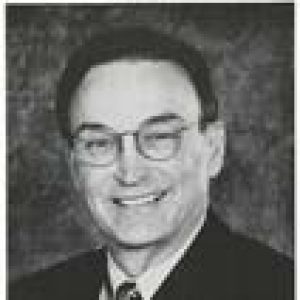 Winston Bryant
Winston Bryant
 Kelly Bryant
Kelly Bryant
Bryant, Kelly
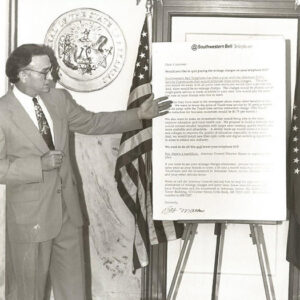 Winston Bryant
Winston Bryant
Bryson (Lynching of)
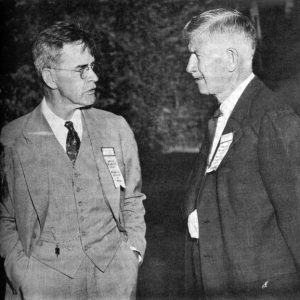 Herbert Buchanan and George A. Campbell
Herbert Buchanan and George A. Campbell
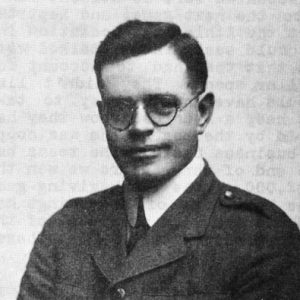 Herbert Buchanan
Herbert Buchanan
Buchanan, Herbert Earle
Buchanan, Roy
aka: Leroy Buchanan
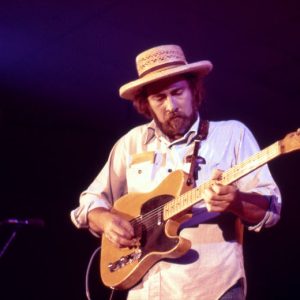 Roy Buchanan
Roy Buchanan
 Edward Lyon Buchwalter
Edward Lyon Buchwalter
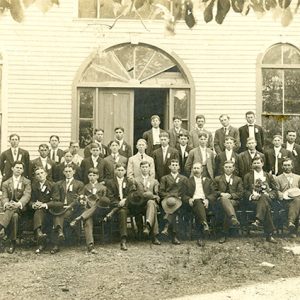 Buckner College Students
Buckner College Students
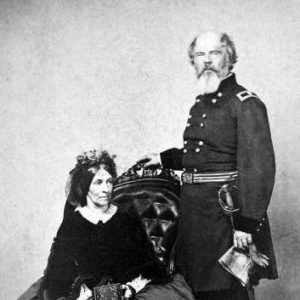 Napoleon and Mary Ann Buford
Napoleon and Mary Ann Buford
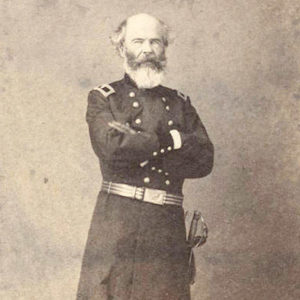 Napoleon Buford
Napoleon Buford
Buford, Napoleon Bonaparte
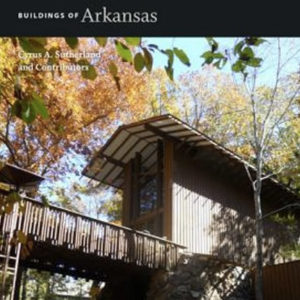 Buildings of Arkansas
Buildings of Arkansas
Bullfrog Valley Gang
Bump, Dallas
Bumpass, Rodger
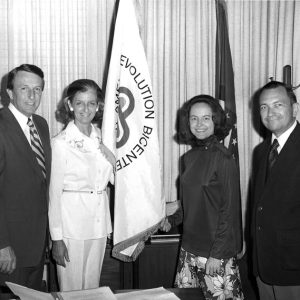 Bumpers, Bumpers, Parker, and Ferguson
Bumpers, Bumpers, Parker, and Ferguson
 Bumpers in Parade
Bumpers in Parade
Bumpers, Betty
 Betty Bumpers and Lily Peter
Betty Bumpers and Lily Peter
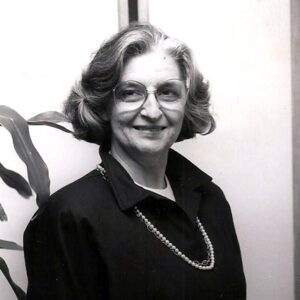 Betty Bumpers
Betty Bumpers
 Dale Bumpers
Dale Bumpers
 Dale Bumpers
Dale Bumpers
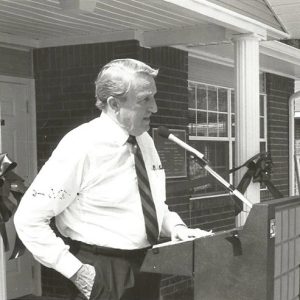 Dale Bumpers
Dale Bumpers
 Bumpers in Cabot
Bumpers in Cabot
Bumpers, Dale Leon
Bunch, Bradley
Bunn, Henry Gaston
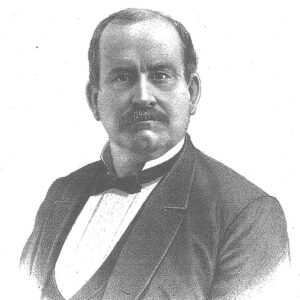 H. G. Bunn
H. G. Bunn
 Dan Bunten
Dan Bunten
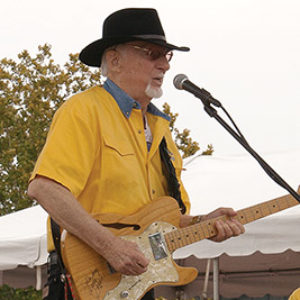 Sonny Burgess
Sonny Burgess
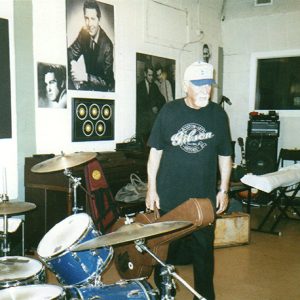 Sonny Burgess at Sun Studios
Sonny Burgess at Sun Studios
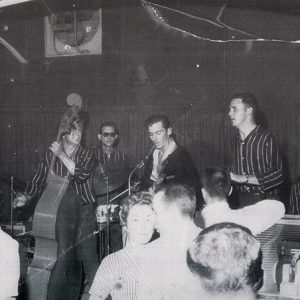 Sonny Burgess & the Pacers
Sonny Burgess & the Pacers
Burgess, Sonny
aka: Albert Austin Burgess
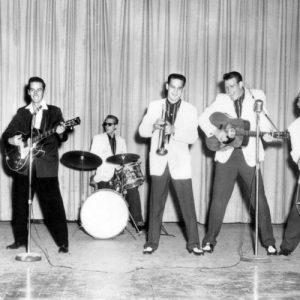 Sonny Burgess and the Pacers
Sonny Burgess and the Pacers
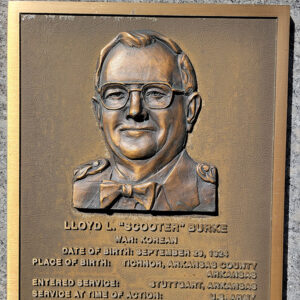 Lloyd L. Burke Plaque
Lloyd L. Burke Plaque
Burke, Lloyd Leslie “Scooter”
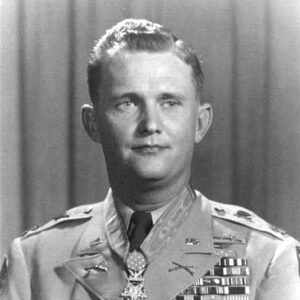 Lloyd "Scooter" Burke
Lloyd "Scooter" Burke
 Ruth Burks
Ruth Burks
Burks, Ruth Coker
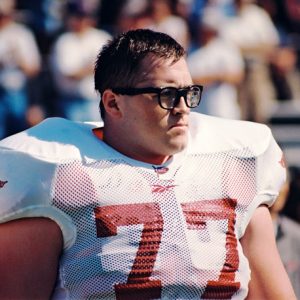 Brandon Burlsworth
Brandon Burlsworth
Burnett Family (Executions of)
Burns, Billy Don
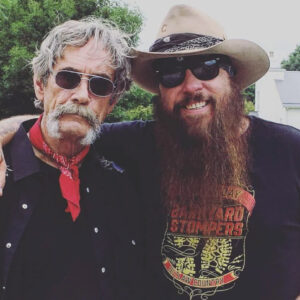 Billy Don Burns
Billy Don Burns
Burns, Bob
aka: Robin Burn
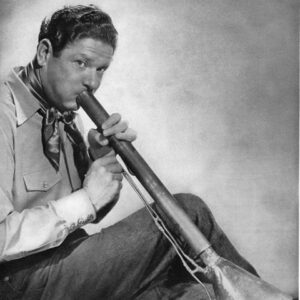 Bob Burns with Bazooka
Bob Burns with Bazooka




